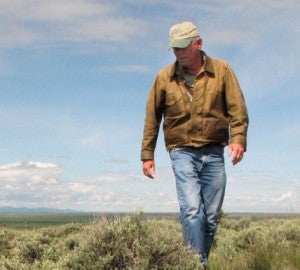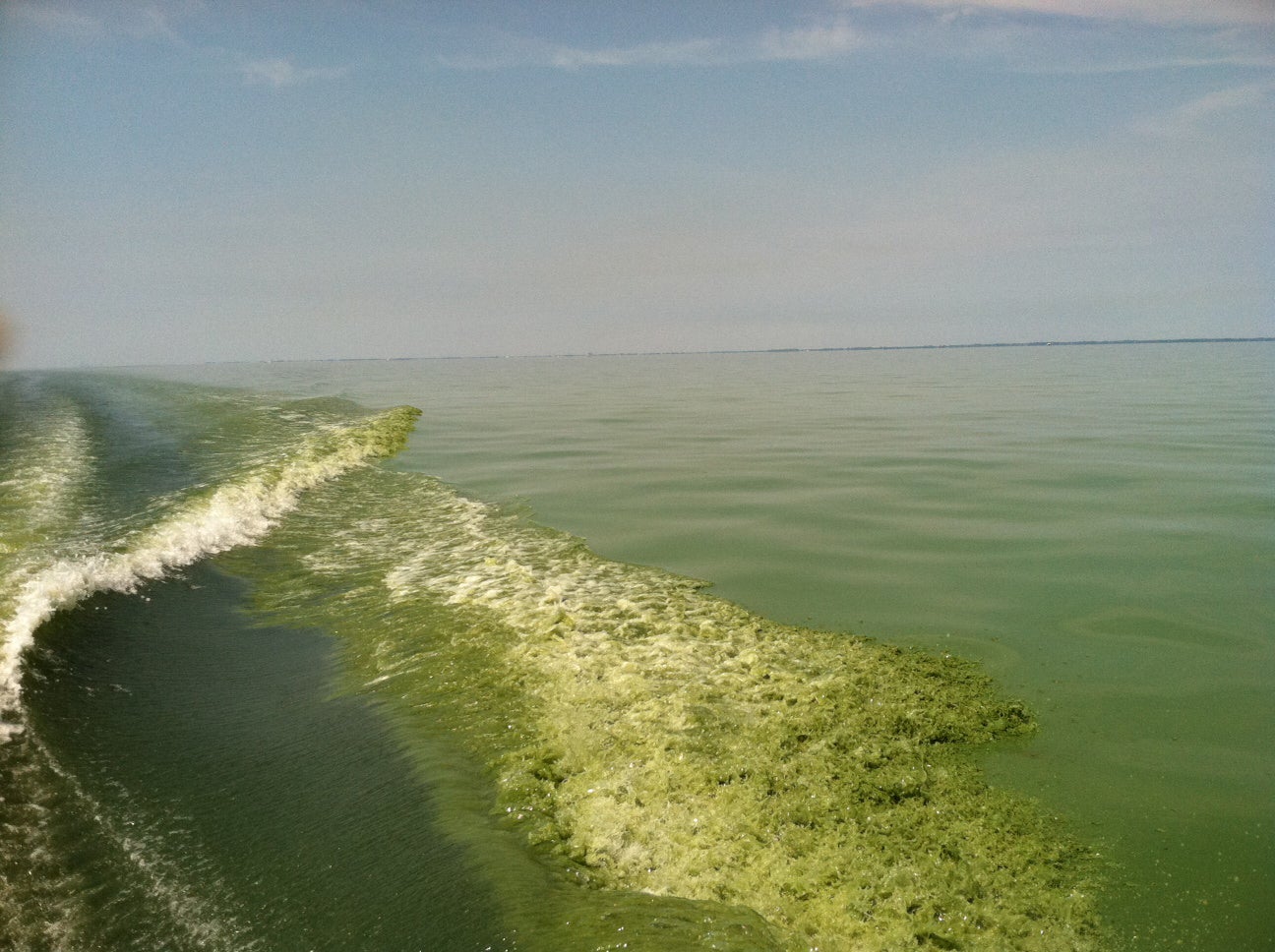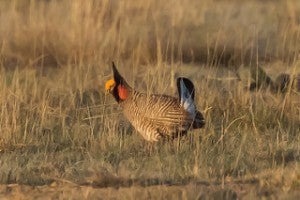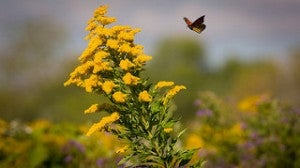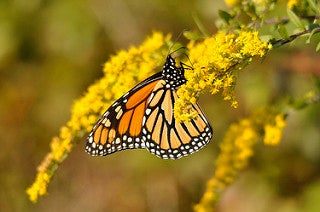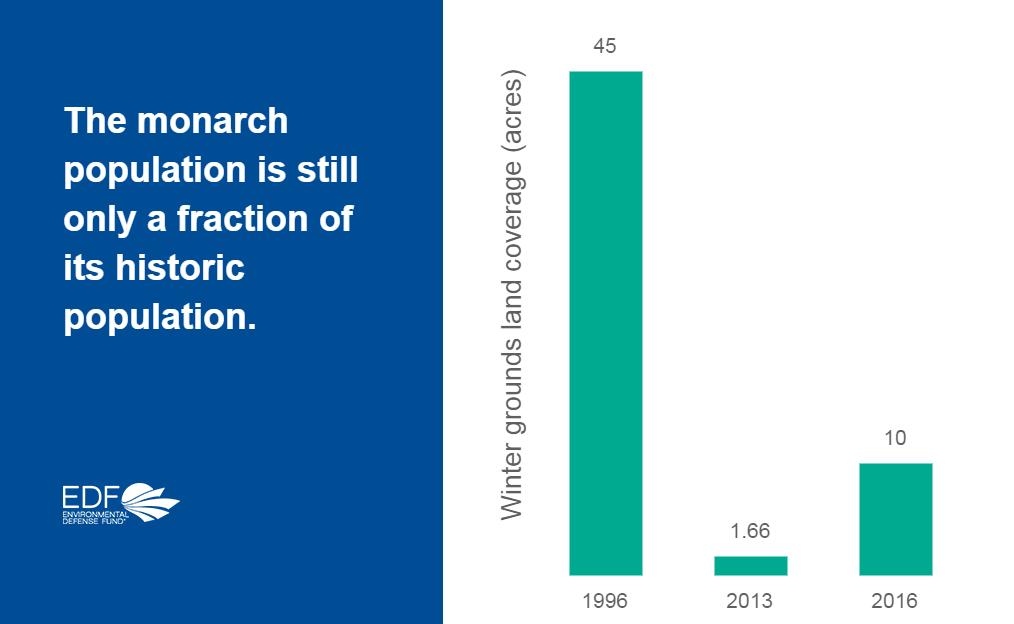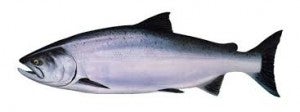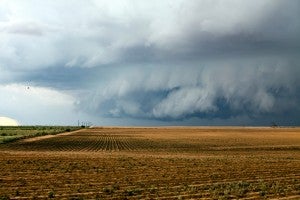
Rain builds over a field near Lubbock, Texas. Photo credit: Flickr user Craig O’Neal
I am watching the rain pour down outside my window as I write this blog. El Niño is once again giving central and north Texas a good drenching, which has brought with it some severe and deadly flood conditions. But the rains are a welcome sight to Texas farmers and ranchers who have become all too used to drought and wildfire conditions. And they aren’t the only ones benefitting from the heavy rains.
All this wet weather has resulted in a spectacular display of spring wildflowers, including vast expanses of milkweed and nectar plants that the iconic North American monarch butterflies need to survive and thrive.
Recent headlines suggest that milkweed loss is just one of several threats to monarch populations, with drought, habitat fragmentation and reduced availability of nectar plants also influencing the species’ decline. In reality, all of these threats are interconnected in a recipe that could spell disaster for the monarch. Read More










